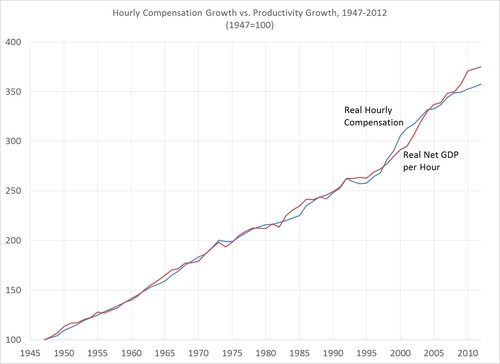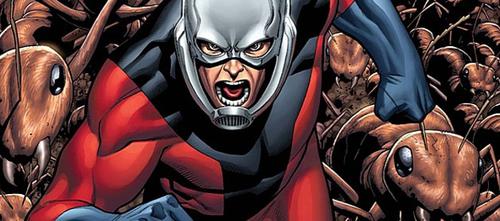I read e-books because I read. A lot. When I was in middle school, I'd bring home a stack of at least 20 different library books, which was usually enough to last the week until my next library visit. As I got older, I brought home fewer books but the number of pages per book increased. The height of the stacks stayed about the same, but each book was larger (and heavier!) than before.
Because I was homeschooled and did most of my reading at home, the size and weight of the books didn't bother me that much. Once I went to college and started carrying books around in a backpack, the size and weight of each book started to matter a lot more. I was fascinated when I first discovered e-books, looking at titles from Project Gutenberg and Baen Ebooks. E-Books offered the promise of carrying around as many books as I wanted, of any length at all, without any size or weight penalty.
I did my early reading on Palm devices. I believe the first was a Handspring Visor Pro, later followed by a Sony Clié. I read books using the original Mobipocket software. I started out with a 160x160 display, giving all of the books a pixelated, low-quality look. It didn't matter. I was happy just to be able to carry multiple books around in my pocket.
I first head of dedicated e-readers, based on the eInk technology, when I started hearing about the Sony Reader, called the Librie. The initial version was only available in Japan and the interface was Japanese only. But it was book sized, had longer battery life, and a better display. I wanted one so badly.
I still remember how surprised and excited I was when Amazon announced the first Kindle. It was announced in November, 2007, but sold out almost immediately and wasn't widely available until mid-2008. I finally bought one for myself in August, 2008. I've since owned almost all of the Kindle models.
From the Handspring Visor to the Kindle Voyage, I've seen a lot of change and improvements in e-books. From having almost nothing available as e-books to having millions of e-books available. It's been an expensive hobby, but one I've been utterly happy to indulge. I love reading and I love the fact that I can carry a multitude of large novels, several magazines, and a variety of non-fiction books around with me, everywhere I go. The future is here and it keeps getting better.
Coda: Aren't Physical Books Better?
There's a longstanding argument about whether or not e-books are as good (or better) than physical books. The argument goes that physical books are better because of the feel of the paper, the unique scent of books, the look of the text on the page, the memories associated with the physical object, etc. These arguments aren't wrong. Physical books do offer a lot of sentimental value that e-books may never be able to match.
I understand people that prefer physical books over e-books, but I don't feel the same way. Growing up, I read a prodigious amount but I didn't actually own many books. Almost everything I read came from either the Virginia Beach library system or the Norfolk library system. I didn't own them, so I couldn't dog-ear the pages, write notes in the margins, or develop an emotional attachment.
When I think of a book, I think of the ideas and people contained within the pages. I don't think of the pages themselves. "My" books were rentals. Someone else had them before me, I had them for a short while, then I gave them back, for someone else to have after me. The paper and ink were merely transient residents, passing through my life. An e-book carries the ideas and people just as well as paper and ink does. I sympathize with those who are attached to paper and ink, but I do it from a distance.
Throughout my reading life, I've loved stories and developed emotional attachments to various characters, places, and events, but I never loved the physical book itself. I don't miss what e-books don't offer, because I never really had it to begin with.

